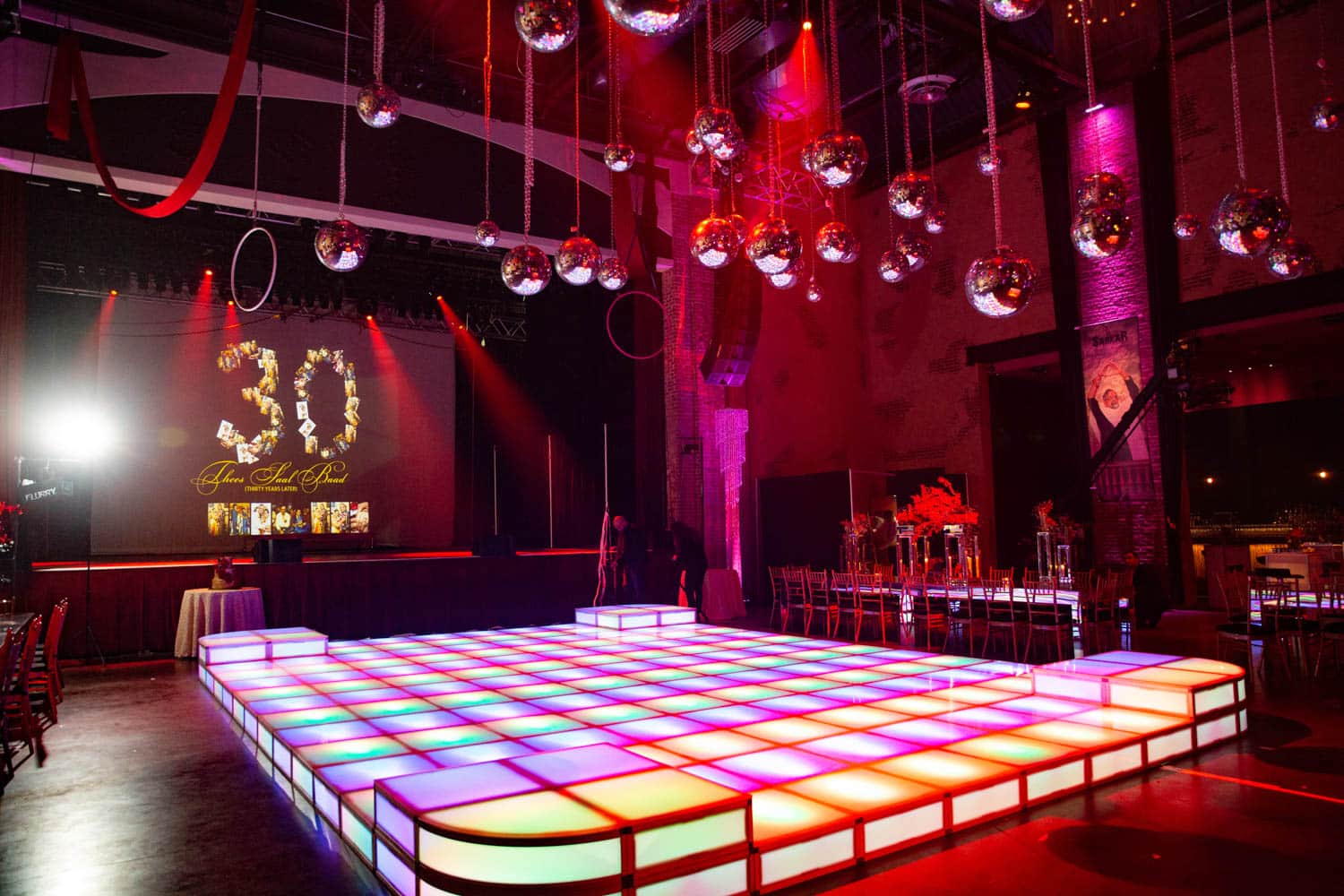Lighting plays a vital part in video projection because it establishes the mood and feel of the display. Different lighting techniques can elicit various emotions and reactions from the audience. For example, using gentle, warm lights can create a welcoming atmosphere, while vivid, cold lights may produce a more energetic or intense effect. By carefully selecting light colors and intensities, creators can manipulate how audience perceive the displayed visuals, leading to a more engaging encounter. The equilibrium between projection luminance and surrounding illumination is crucial, as it can significantly impact the clarity and impact of the visuals.
In addition, color and brightness, the angle of light also influences the efficacy of projection. Lighting from different angles can generate contrast and highlights that introduce dimension to the projected visuals. This method, known as light and shadow, can improve the 3D quality of the objects being mapped. Additionally, using moving illumination can introduce dynamism to the exhibit, making the experience more involving for the viewers. When the light collides with the mapped images, it can create an effect of movement and change, capturing the viewers' focus.
Another important element of illumination in mapping in the use of live performance visual effects special effects. Methods such as patterned illumination, which uses patterns and forms to filter light, can introduce texture and complexity to the mapping. This approach allows artists to layer visuals and produce aesthetically captivating effects that enhance the mapping. Moreover, adding lasers or light-emitting diode lights can additionally improve the exhibit, offering a unique mix of visual components that draw the audience in. These unique effects, when used carefully, can transform the mapping beyond a basic display to an immersive work of creativity.
In conclusion, the influence of lighting learn the facts here now techniques on video projection is significant. By understanding how different illumination elements interact with projected images, creators can produce captivating encounters that resonate with audience. The careful choosing of hue, brightness, angle, and special effects enables for a vivid tapestry of visual narrative. As technology advances to evolve, the possibilities for artistic showcasing in projection will only grow, making illumination an ever-important aspect in this progressive creative form.
